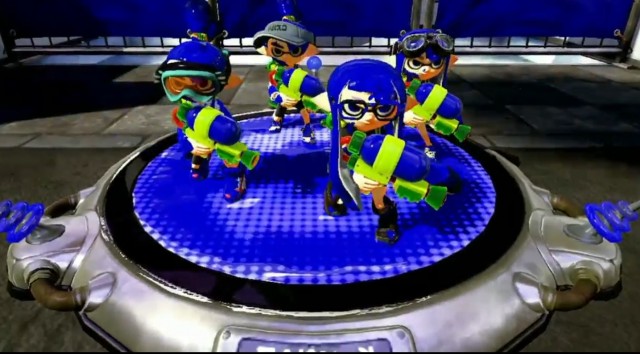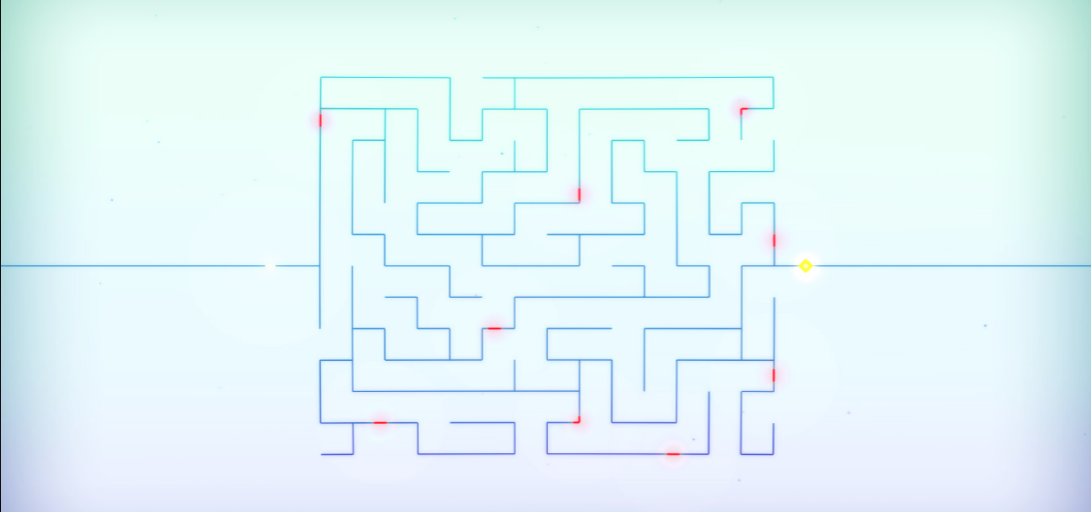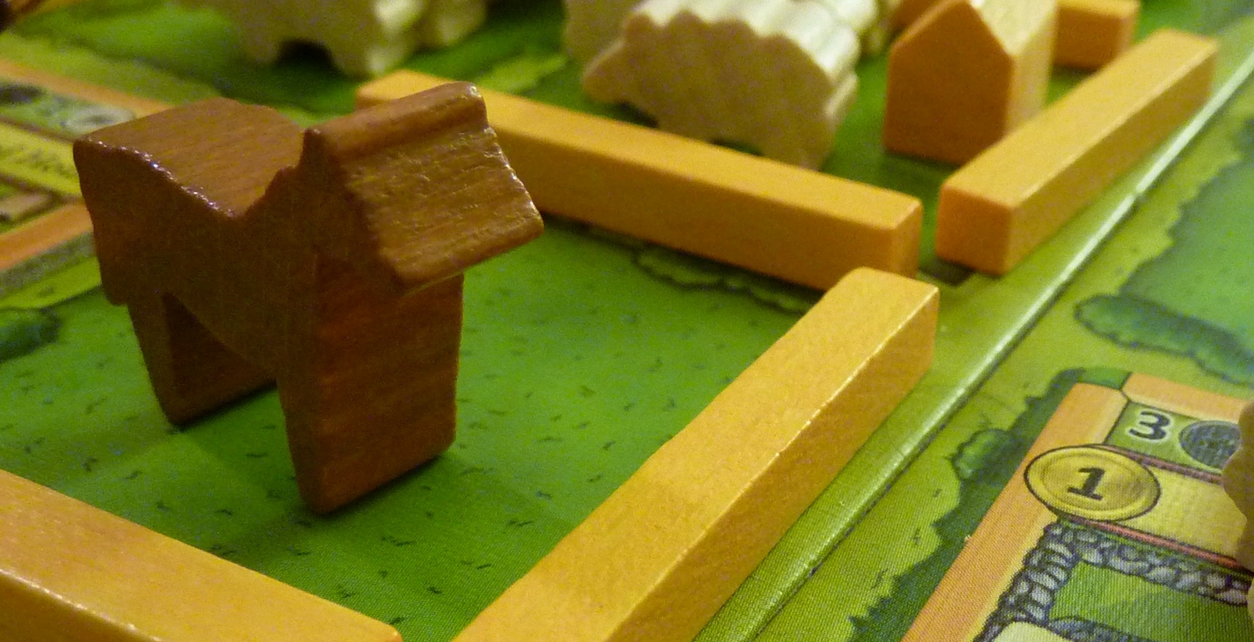Audio books can be a disappointing experience. When the rich expanses of your imagination can people entire worlds, it can be disheartening to hear that all distilled into a single voice. Or, if a publisher is feeling particularly generous, two: one for either gender. But I still remember when a friend lent me an audio collection of Neil Gaiman children’s stories.
There’s something wonderful about listen to Gaiman narrate his own work. His children’s work, especially, is both strange and charming (reminiscent of how I felt reading Rhoad Dahl’s books, as a child) and that essence is captured in his steady yet wryly expressive voice. It was a lovely experience, and it remains one of my favorite audio books in my collection, so it’s no surprise that I felt a surge of excitement when I saw that Gaiman was going to be collaborating with The Odd Gentlemen to create a video game based on one of his original tales.
The first few seconds don’t disappoint. Wayward Manor opens with Gaiman’s smooth voice narrating the opening scene. The main character, voiced by Gaiman, is the House itself, which isn’t very happy about the curious characters who have taken up residence within its walls. You play as a ghost, released from a mysterious chest, and you act as the House’s accomplice in driving the residents out. The premise is odd and interesting and the animation is bright enough to be child-friendly and strange enough to appeal to those of us who appreciate the odd and off-kilter.
Unfortunately, the early charm wears off almost immediately. The narration ends abruptly—before you get any real depth—but the gameplay doesn’t offer any new clues. Rather than interacting with the characters or even exploring the house, your actions are limited to point-n-click puzzling. Your job is to click the various glowing objects in the room, activating them at just the right time to scare the characters in the room. Once you’ve scared them enough, a large, glowing skull appears in the center of the screen, you send the furniture whirling slowly through the air, and the current victim slowly moves out of the room. Simple enough—except getting the characters to move where you want them is ponderous at best, and the animations often freeze future actions just enough that you miss your window to trigger the necessary combos. The end result was that I spent a good chunk of my hour pointlessly clicking the same triggers over and over trying to hit the exact timing that would prevent another near-miss and a tedious round of maneuvers to try again.
Once the first chapter (five rooms) was complete, I hoped that there would be a decent chunk of narration to reward the rather monotonous activity so far. And Gaiman did indeed return…but for an even briefer duration than the introduction. Then it was back to another several rooms with another frustrating round of puzzles.
I wanted to enjoy this game, but in the end the simplistic but painfully sensitive puzzles left me pulling my hair out to the point that even Gaiman’s storytelling couldn’t redeem the hour I played. The residents’ characterizations are empty, the music is repetitive and jarring, and in the time I played I had to restart twice due to game-breaking glitches where characters either got stuck off-screen or where traps refused to un-trigger once they’d been set off.
I’m still curious to know the story. Perhaps I’ll even take time this weekend to look it up. But this is one game I won’t be rushing to finish any time soon.




